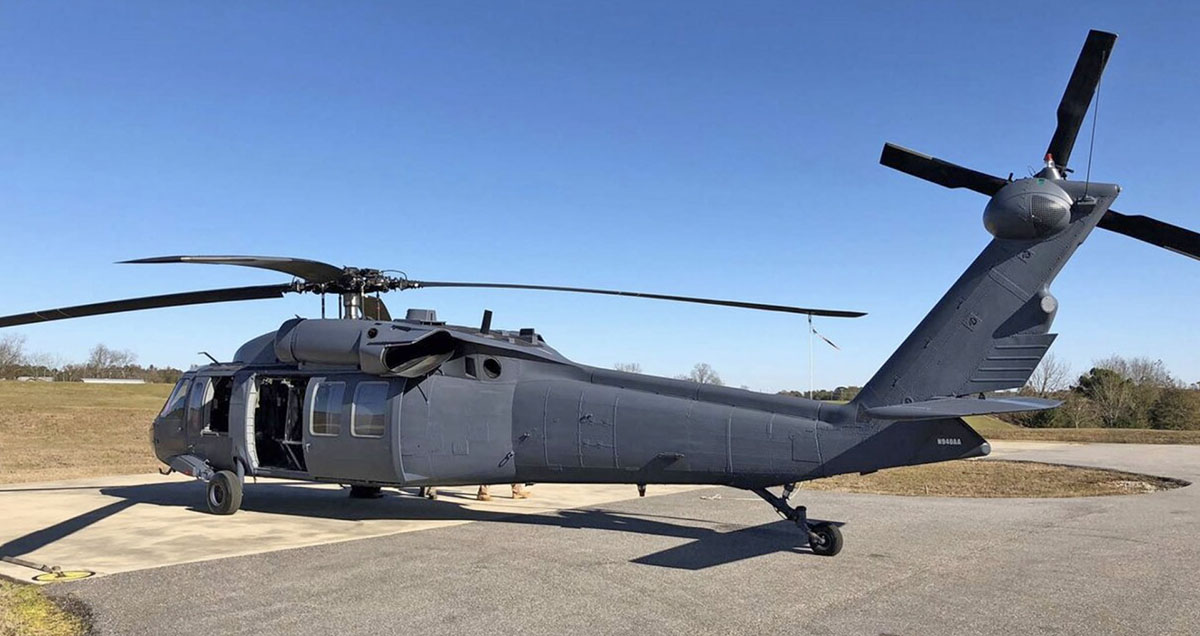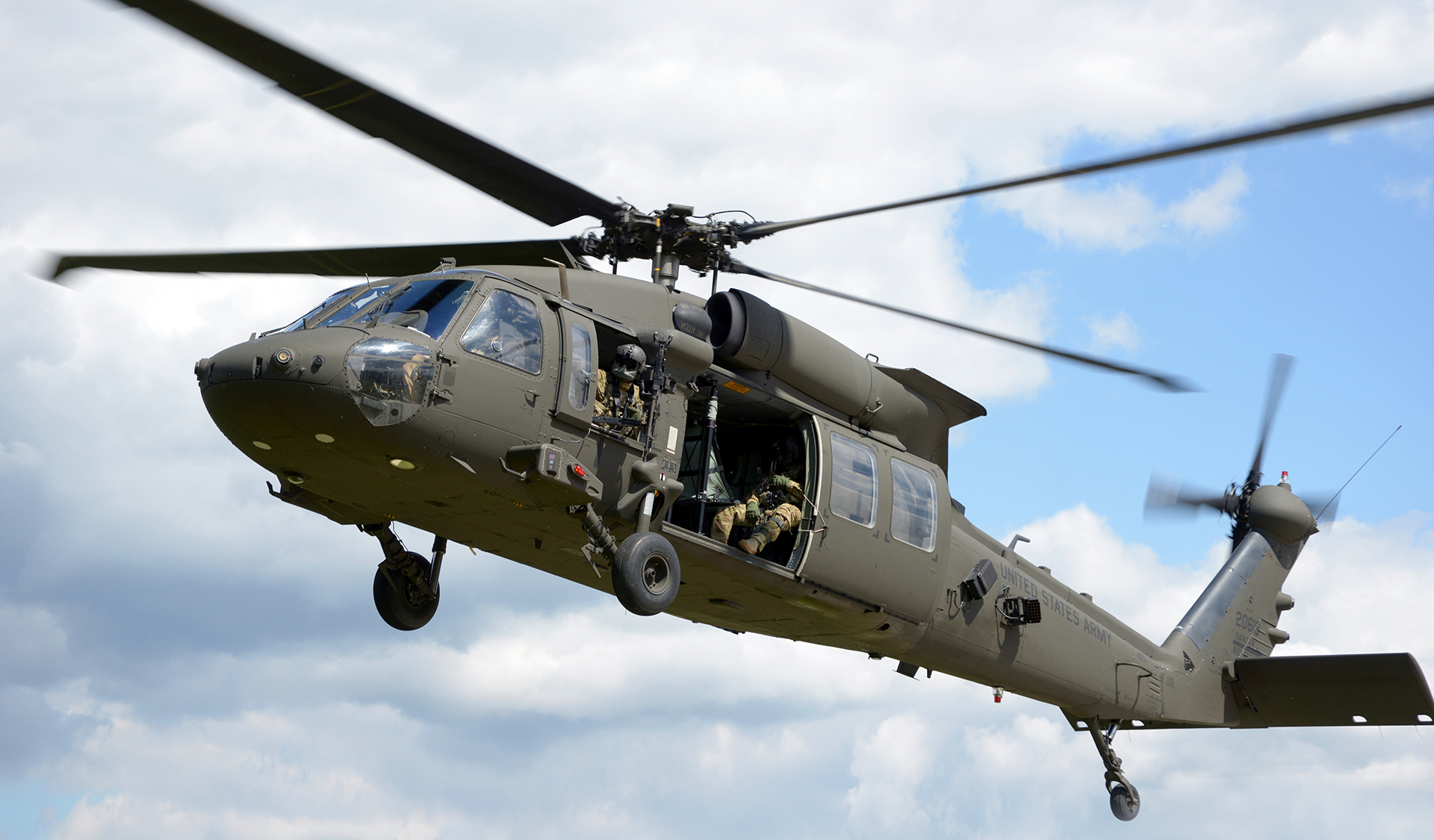How the UH 60 Revolutionized Tactical Air Mobility and Combat Support
How the UH 60 Revolutionized Tactical Air Mobility and Combat Support
Blog Article
Checking Out the Background and Evolution of the UH 60 Helicopter

Origins of the UH-60
The origins of the UH-60 helicopter can be traced back to the late 1960s, a period noted by the requirement for a versatile energy airplane that could adapt to the advancing needs of contemporary war. The united state Army identified the necessity for a substitute for the older UH-1 Iroquois, which was becoming progressively insufficient for the intricacies of modern fight scenarios. In 1967, the Army initiated the Energy Tactical Transport Aircraft System (UTTAS) program, which sought to create a multi-role helicopter capable of various missions, consisting of army transportation, medical evacuation, and logistical support.
The layout competition attracted several aerospace producers, but it was Sikorsky Aircraft Firm that inevitably safeguarded the agreement in 1972. The UH-60 Black Hawk was presented, showcasing innovative layout components and advanced technology that set it aside from its predecessors. Its maiden flight took place in 1974, and the aircraft was officially taken on by the Military in 1979. The UH-60 quickly acquired recognition for its durable efficiency, dependability, and versatility, leading the way for its substantial use in armed forces operations and strengthening its condition as a foundation of united state Military aeronautics.
Key Layout Attributes
Cutting-edge design attributes of the UH-60 Black Hawk substantially add to its operational performance. One of one of the most remarkable elements is its twin-engine configuration, which improves integrity and offers a higher power-to-weight proportion, enabling the helicopter to carry out under numerous conditions. The aircraft's four-blade main blades system supplies boosted lift and maneuverability, crucial for tactical goals.

In addition, the cockpit is made for optimum visibility and comfort designs, including sophisticated avionics that streamline pilot operations. The modular design of the UH-60 permits easy upkeep and versatility, making it appropriate for numerous objective accounts, from troop transportation to medevac operations. These key layout features make sure that the UH-60 Black Hawk continues to be a flexible and trustworthy asset in army aviation, qualified of satisfying the demands of modern-day warfare.
Technical Developments
Current technical innovations in the UH-60 Black Hawk have dramatically enhanced its operational capabilities and flexibility. The integration of sophisticated avionics, such as digital flight control systems and improved situational recognition display screens, permits pilots to operate with raised precision and effectiveness. These systems promote boosted navigation, interaction, and information sharing, allowing the helicopter to work effectively in varied atmospheres.
Additionally, the intro of composite products has minimized the overall weight of the aircraft while preserving architectural stability. This reduction boosts fuel efficiency and expands operational array. The incorporation of innovative blades modern technology, consisting of using four-blade, completely expressed blades systems, has actually boosted lift efficiency and ability to move, permitting better handling in various trip conditions.

Furthermore, innovations in propulsion systems, such as the T700-GE-701D engines, have increased power result and integrity - uh 60. These engines add to superior efficiency in hot-weather and high-altitude problems
Last but not least, the assimilation of self-defense systems and boosted sensor packages boosts the Black Hawk's survivability and goal performance. Jointly, these technical renovations guarantee that the UH-60 Black Hawk remains an essential possession in contemporary air travel, with the ability of adjusting to the advancing needs of humanitarian and army objectives.
Function in Armed Force Workflow
As the foundation of united state Military air travel, the UH-60 helicopter plays a crucial function in various army operations, serving as a functional platform for combat support, transport, and medevac missions - uh 60. Its layout incorporates the capability to operate in varied atmospheres, making it vital for army movement and logistical support in both standard and unusual war

In medical discharge situations, the UH-60 has actually proven invaluable, substantially reducing the time to deliver damaged soldiers from the battleground to clinical centers. Its innovative avionics and night vision capacities further make certain objective success under challenging conditions. Overall, the UH-60 helicopter stays a vital property, continually adapting to fulfill the evolving demands visit here of army operations and boosting the efficiency of U.S. forces worldwide.
Future of the UH-60
Looking in advance, the future of the UH-60 helicopter involves substantial improvements in modern technology and capabilities created to enhance its functional effectiveness. As armed forces operations advance, the UH-60 is expected to include advanced modern technologies, including boosted avionics, improved weapons systems, and advanced communication devices. These improvements will enable better situational awareness and objective adaptability, making sure that the UH-60 remains a crucial property on the combat zone.
One significant growth is the integration of fly-by-wire systems, which will enhance flight control precision and lower pilot work. Furthermore, efforts to upgrade the airframe and engines aim to boost variety, speed, and haul ability, thus expanding the helicopter's operational range (uh 60).
The future additionally holds promise for enhanced interoperability with unmanned aerial systems (UAS), allowing collaborated objectives that leverage both manned and unmanned capacities. Furthermore, the consolidation of expert system and machine discovering can maximize trip characteristics and he said upkeep procedures, bring a knockout post about reduced functional costs.
Conclusion
The UH-60 Black Hawk helicopter stands for a substantial achievement in military aeronautics, evolving from the united state Military's preliminary demands for a flexible utility airplane. Its ingenious design features and continuous technical improvements have actually guaranteed its relevance in different military operations over the years. As the demands of modern-day war change, the future of the UH-60 will likely entail further improvements and adaptations, reinforcing its standing as a crucial asset for armed pressures worldwide.
The UH-60 Black Hawk helicopter represents a substantial turning point in military aviation, emerging from the U.S. Military's mission for an extra dependable and versatile utility aircraft in the late 20th century.The origins of the UH-60 helicopter can be mapped back to the late 1960s, a period noted by the demand for a functional utility aircraft that could adapt to the developing demands of contemporary war. Generally, the UH-60 helicopter remains an essential property, continually adapting to satisfy the evolving demands of military procedures and improving the effectiveness of United state forces worldwide.
Looking in advance, the future of the UH-60 helicopter involves considerable developments in innovation and capacities developed to improve its functional effectiveness.The UH-60 Black Hawk helicopter represents a substantial achievement in army aviation, evolving from the U.S. Army's preliminary demands for a functional energy aircraft.
Report this page